If you burn wood for heat, it’s important to use properly dried and seasoned wood to get the best efficiency from your fireplace. This is not just important for helping you burn less wood for more heat, it is also key to keeping creosote buildup in your chimney low. Keeping your firewood dry and ready to burn is all in how you store it. Your wood should have a moisture content of 20% or less.
More than 60% of home buyers prefer a home with a fireplace
7 Easy Ways to Slash Your Heating Bill This Winter
7 Common Fireplace* Myths
Myths and misconceptions about fireplaces abound. These myths range from the specific (“You can’t burn wood in Denver”) to the broad (“Gas fireplaces won’t work when the power goes out”). Read this article to find out why these myths are wrong and to put a few more fireplace, stove, and insert myths and misconceptions to bed along the way.
Is Your Chimney Leaking?
Most people don’t know that there are many parts to a chimney system that can allow water in. These weak points are different depending on if it’s a masonry chimney or factory-built chimney. Most parts of the chimney degrade with time, UV rays from sunlight, hail damage, and the freezing and thawing of typical Colorado weather. There are usually several suspected weak points when there are signs of water intrusion; but it can be challenging identifying exactly where the water is coming in from. Often, where the signs of water damage appear is not indicative of the leak’s actual location.
What's In Your Chimney?
Chimneys are notoriously a dark and hidden part of a home. Most homeowners have never seen inside their chimney. Do you know if you have water leaking or if animals have moved in? Do you have a fireplace, stove or insert that doesn’t work and you don’t know why? How long has it been since you’ve had your chimney professionally inspected and serviced? Protect your family and the investment in your home.



